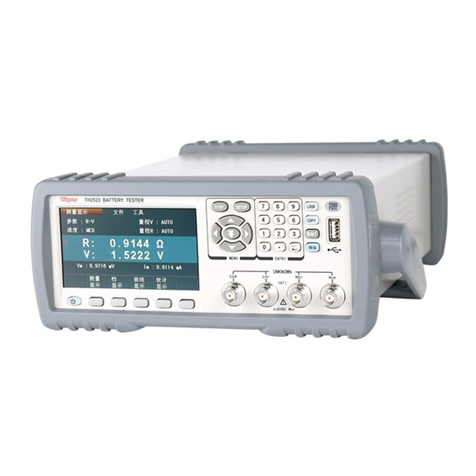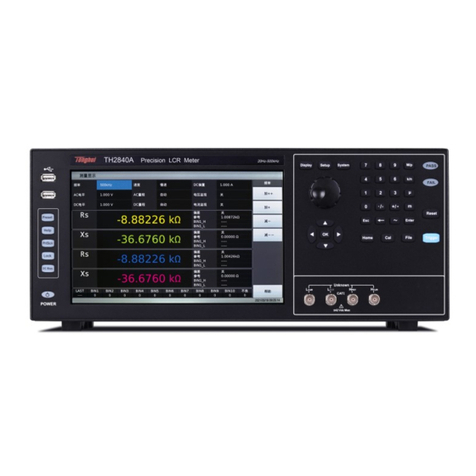
◇3
3.2.9 USB serial communication interface....................................................................................................................................15
3.2.10 HANDLER interface.......................................................................................................................................................15
3.2.11 SINGLE interface............................................................................................................................................................15
3.3 Multi-unit scanner description...........................................................................................................................15
3.3.1 EXTENSION: serial number of the current controller ..........................................................................................................16
3.3.2 UNIT n: Unit n .................................................................................................................................................................16
3.3.3 CH n: scan channel n.........................................................................................................................................................16
3.3.4 SIGNAL IN/OUT: Control signal input (female) / output (male).............................................................................................17
3.3.5 UNIT n INPUT/OUTPUT: Unit n input / output....................................................................................................................17
3.3.6 Power Input......................................................................................................................................................................17
3.4 Instrument Performance Overview....................................................................................................................17
Chapter 4 Basic operation........................................................................................................................22
4.1 Interface structure overview..............................................................................................................................22
4.2 Panel function interface and parameter description...........................................................................................23
4.2.1 Test Interface....................................................................................................................................................................24
4.2.2 Setup Interface..................................................................................................................................................................24
4.2.3 System Interface ...............................................................................................................................................................25
4.2.4 FILE storage interface .......................................................................................................................................................29
4.3 Test project interface and parameter description...............................................................................................30
4.3.1 AC withstanding voltage test parameter setting.....................................................................................................................30
4.3.2 DC withstanding voltage test parameter setting.....................................................................................................................31
4.3.3 IR Insulation resistance test parameter setting.......................................................................................................................32
4.3.4 OS circuit test parameter setting..........................................................................................................................................33
4.3.5 S.CK Single-ended contact check parameter setting...............................................................................................................35
4.3.6 D.CK Double-ended contact check parameter setting.............................................................................................................36
4.4 Test function principle and instructions for use.................................................................................................36
4.4.1 Start Test..........................................................................................................................................................................38
4.4.2 Test Delay........................................................................................................................................................................38
4.4.3 Voltage Rise.....................................................................................................................................................................38
4.4.4 DC boost decision.............................................................................................................................................................38
4.4.5 High Voltage Test..............................................................................................................................................................38
4.4.6 Test Voltage Fall ...............................................................................................................................................................38
4.4.7 Ground Current Detection Function.....................................................................................................................................38
4.4.8 Current Overrun andArc Detection (ARC) Function .............................................................................................................39
4.4.9 Failure Judgment ..............................................................................................................................................................40
4.4.10 Test Result Processing .....................................................................................................................................................40
4.4.11 STOP (Stop Measuring) ...................................................................................................................................................40
4.4.12 OFFSET (The base is cleared) ..........................................................................................................................................40
4.5 SCAN multi-cell multi-channel scanning controller structure and use .............................................................41
4.5.1 After adding multiple scan channels, the instrument will add SCAN (multiple) parameters.........................................................41
4.5.2 Structural principle............................................................................................................................................................42
4.6 Structure and Use of HANDLER and SINGNAL Interface Circuit..................................................................42
4.6.1 Control Interface Theory....................................................................................................................................................42
4.6.2 HANDLER Control Interface Main Signal Timing Description...............................................................................................43
4.7 File Storage Other interfaces and functions of the instrument ..........................................................................44



































